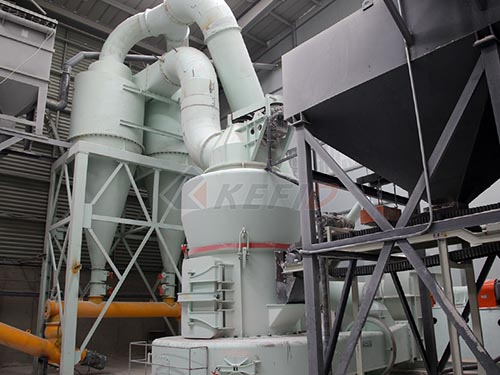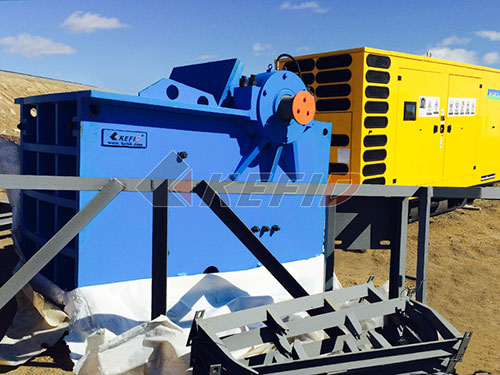The Orchestrated Powerhouse: Understanding Stone Crusher Circuit Function
In the demanding worlds of mining, quarrying, and construction aggregates production, achieving consistent, optimally sized rock fragments is paramount. This critical task falls not to a single machine in isolation but to an integrated system known as a stone crushing circuit. Understanding the function of this circuit – how its components interact and synergize – is essential for efficient operation, product quality control, and cost-effective production.
Beyond the Crusher: The Circuit Concept
While the crusher itself (jaw crusher, cone crusher, impactor) is often the focal point due to its raw power in breaking rock, its true effectiveness hinges entirely on its integration within a well-designed circuit. A stone crushing circuit functions as a continuous material processing system, meticulously engineered to:
1. Receive Raw Feed: Accept blasted rock or run-of-quarry material of highly variable sizes.
2. Reduce Particle Size: Fragment large rocks into progressively smaller pieces through multiple stages of crushing.
3. Classify Particles: Separate crushed material based on size using screening equipment.
4. Manage Material Flow: Efficiently transport material between stages using conveyors.

5. Optimize Efficiency: Recirculate oversized material back for further crushing while discharging correctly sized product.
6. Produce Consistent Product: Deliver final aggregate fractions meeting precise size specifications required by downstream applications (concrete mix design, road base layers).
Functional Stages within the Circuit:
1. Feed Intake & Scalping:
Function: To introduce raw material into the circuit and perform an initial separation.

Components: Dump hopper or direct feed; vibrating grizzly feeder or scalping screen.
Process: Large dump trucks deposit rock into a hopper. A vibrating feeder regulates flow onto a scalper screen (or grizzly bars integrated into the feeder). This stage removes very fine material (“fines”) and undersized rock that doesn’t need primary crushing (“bypass material”), protecting downstream equipment from unnecessary wear and improving overall efficiency.
2. Primary Crushing:
Function: To perform the initial major size reduction of large feed rocks (often >1 meter down to ~100-250mm).
Components: Typically robust jaw crushers or large gyratory crushers designed for high capacity and handling large feed sizes.
Process: Scalped feed enters the primary crus

Leave a Reply